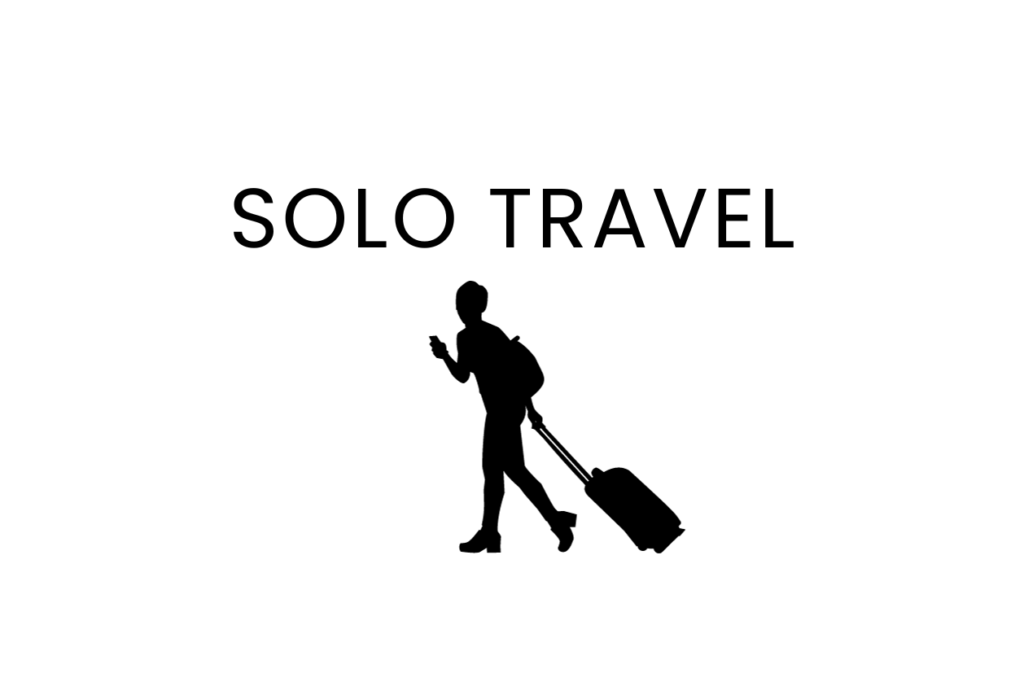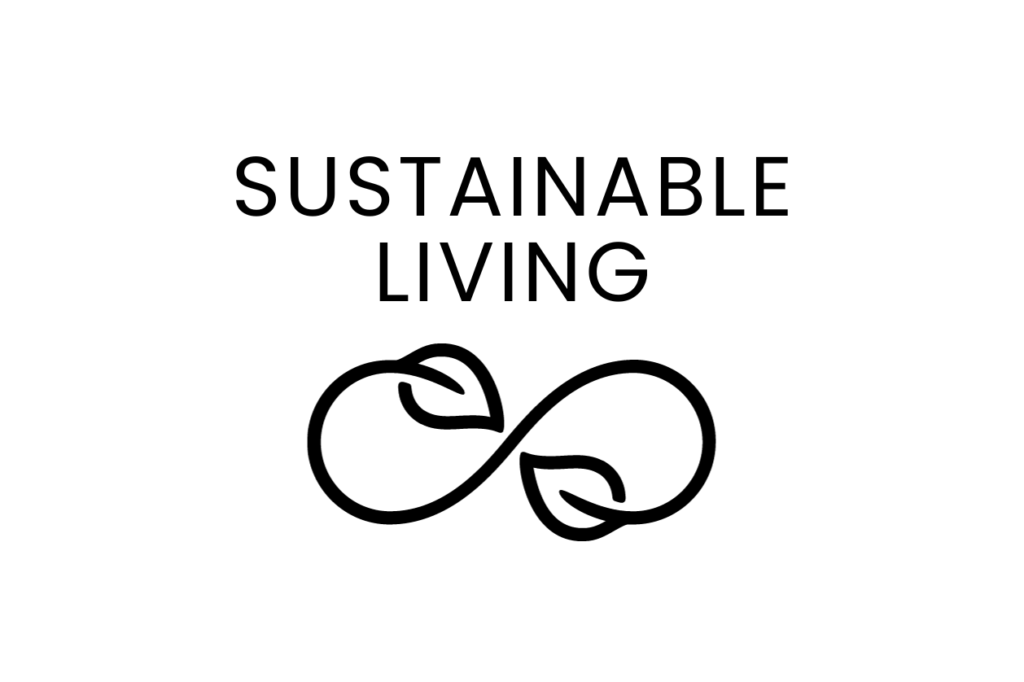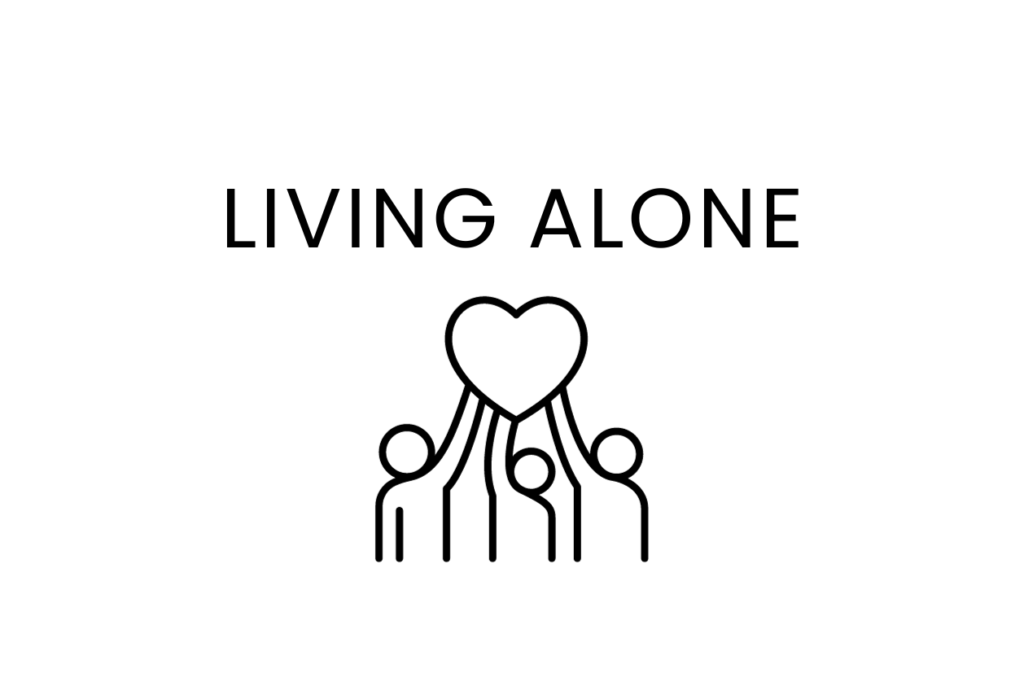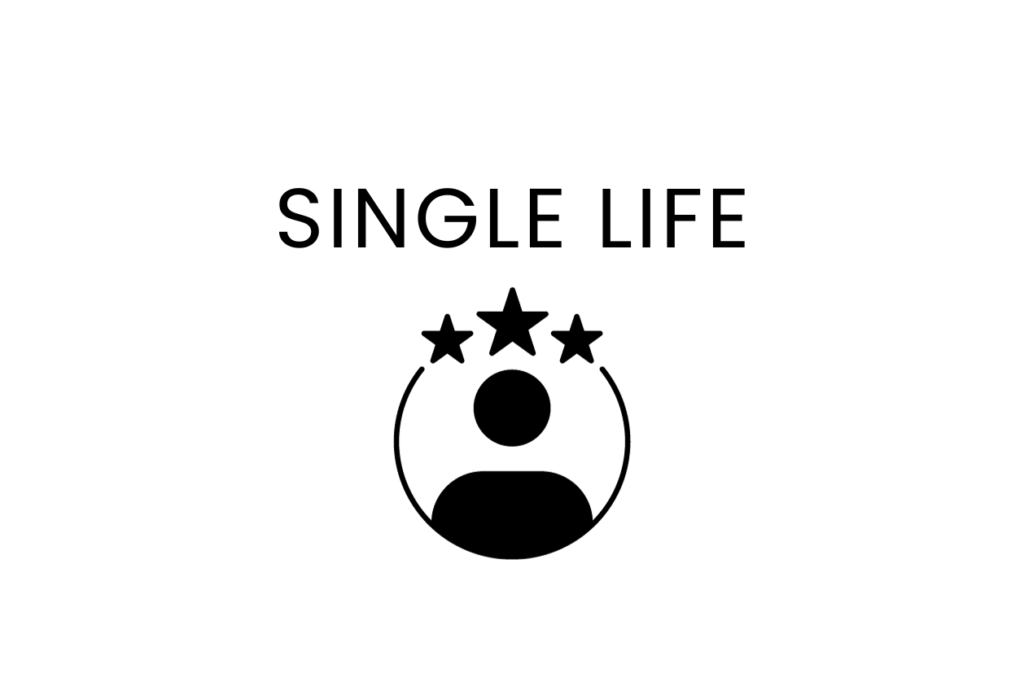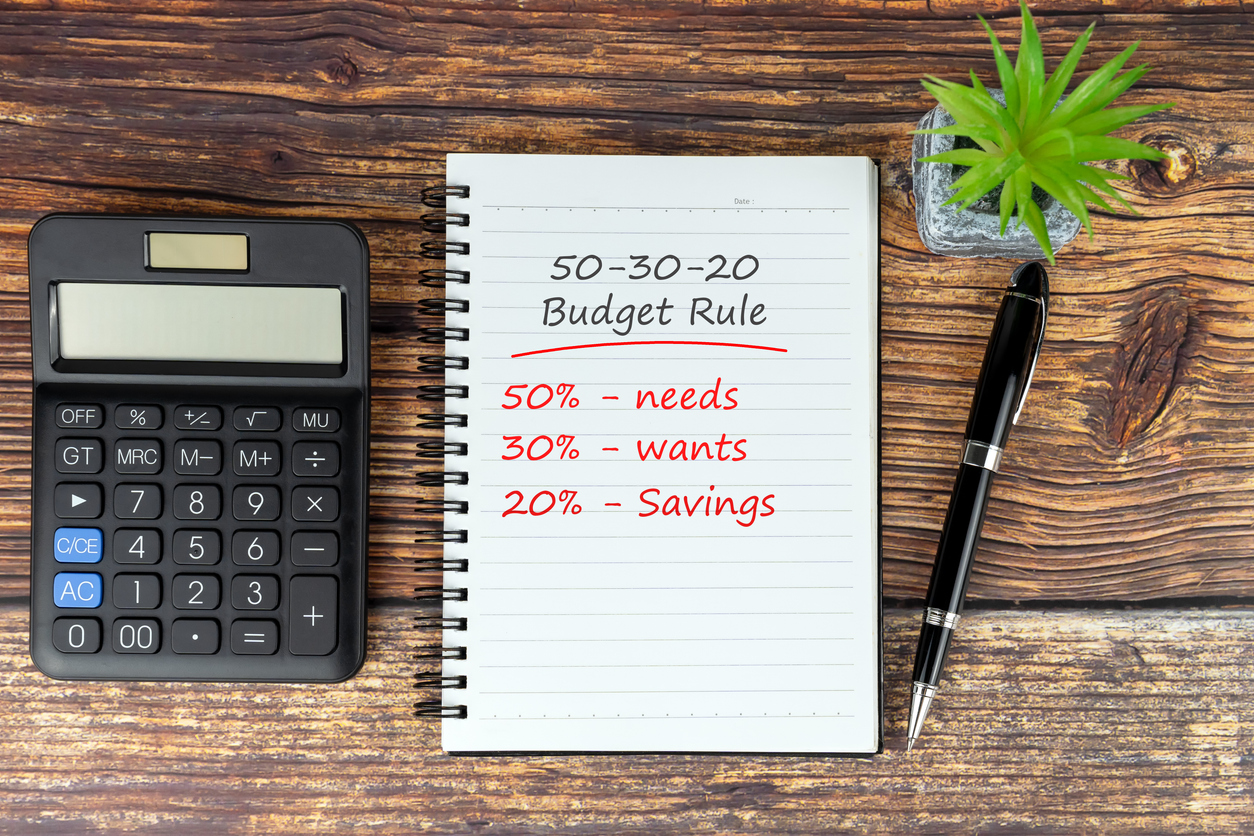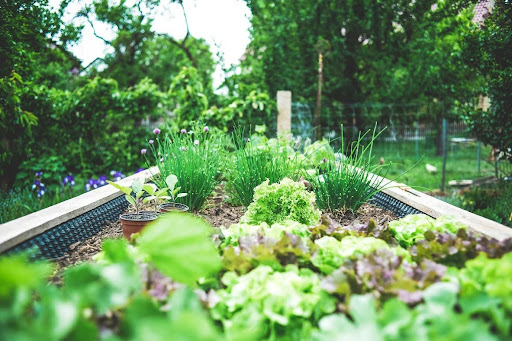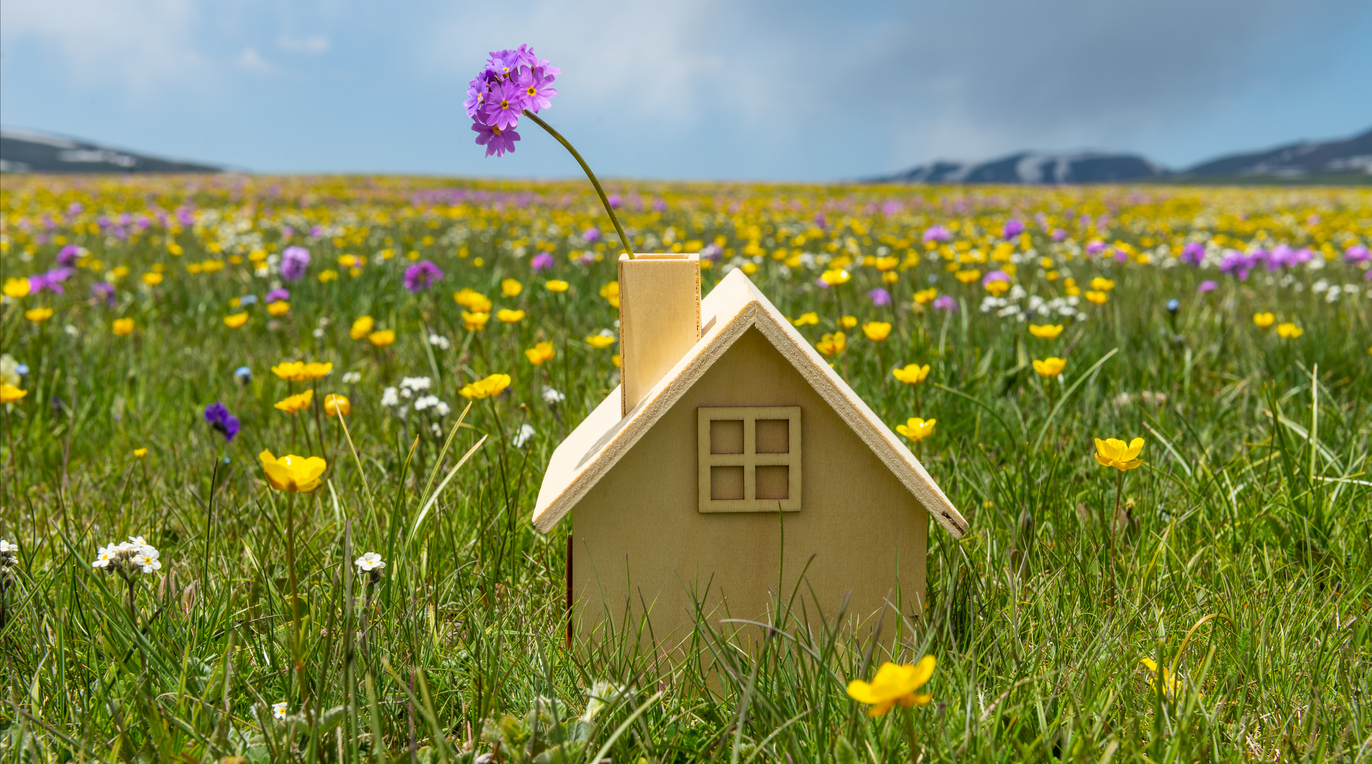Even if you’re not familiar with the term ‘sharing economy’, you’ll more than likely be familiar with the overall concept. If you’ve ever booked a holiday cottage or villa for your summer getaway, hired a car, or even checked out a book from your local library, then you’ve contributed towards this idea of ‘collaborative consumption’; sharing products and services with others. The UK is considered to be a sharing economy hub, with the industry growing from £2.1b to £7.4b between 2013 and 2015.
Even if you’re not familiar with the term ‘sharing economy’, you’ll more than likely be familiar with the overall concept. If you’ve ever booked a holiday cottage or villa for your summer getaway, hired a car, or even checked out a book from your local library, then you’ve contributed towards this idea of ‘collaborative consumption’; sharing products and services with others. The UK is considered to be a sharing economy hub, with the industry growing from £2.1b to £7.4b between 2013 and 2015.
Sharing Is Booming!
Sustainable Living | 30th December 2017 by Solo Living

Credit: geralt@pixabay
So, what is the sharing economy?
The notion of the sharing economy has been around for a long time. In fact, the 1960’s crash pads and the concept of ‘free love’ can be considered early forms of collaborative consumption. However, the sharing economy really started to gain traction with the introduction of peer-to-peer services, like P2P lending, and has rapidly evolved to incorporate more and more sectors.
Why has the sharing economy grown at such an unprecedented rate? Timing. We’re living in a time when more and more of us are becoming increasingly concerned about where our hard-earned money is going, and at a time when sustainability is taking over from extravagance on the cool-o-meter. We’re enjoying the benefits that the sharing economy can bring, including reducing negative environmental impacts, creating stronger communities, accelerating sustainable consumption, and minimising costs.
Types of collaborative consumption
While the sharing economy was once a rather narrow industry, it has fast become something of an umbrella term, spanning a wide range of sectors and taking on many forms:
- Shared products or services, such as tool rental and children’s toy libraries
- Shared purchases to obtain attractive discounts, such as Groupon deal
- Redistribution markets to resell or unload unwanted goods, like eBay or Freecycle
- Crowdfunding platforms, as a form of shared business financing
- Collaborative lifestyle platforms; for example, modern food sharing apps like OLIO
The driving forces
The future of the sharing economy
With collaborative consumption brands such as Uber, Airbnb, eBay, and delivery networks like Deliveroo now becoming mainstream, we can reasonably expect the sharing economy to continue to thrive. Experts are predicting that by the year 2025, the European sharing economy will be worth €80b, accounting for more than €570b of transactions. Of all the industries incorporated into the sharing economy, the 5 ‘ones to watch’ are considered to be transportation, accommodation, household services, professional services, and finance. These sectors that are really expected to take off.
Share this post:
Hear from Solo Living now and then by signing up to our mailing list





